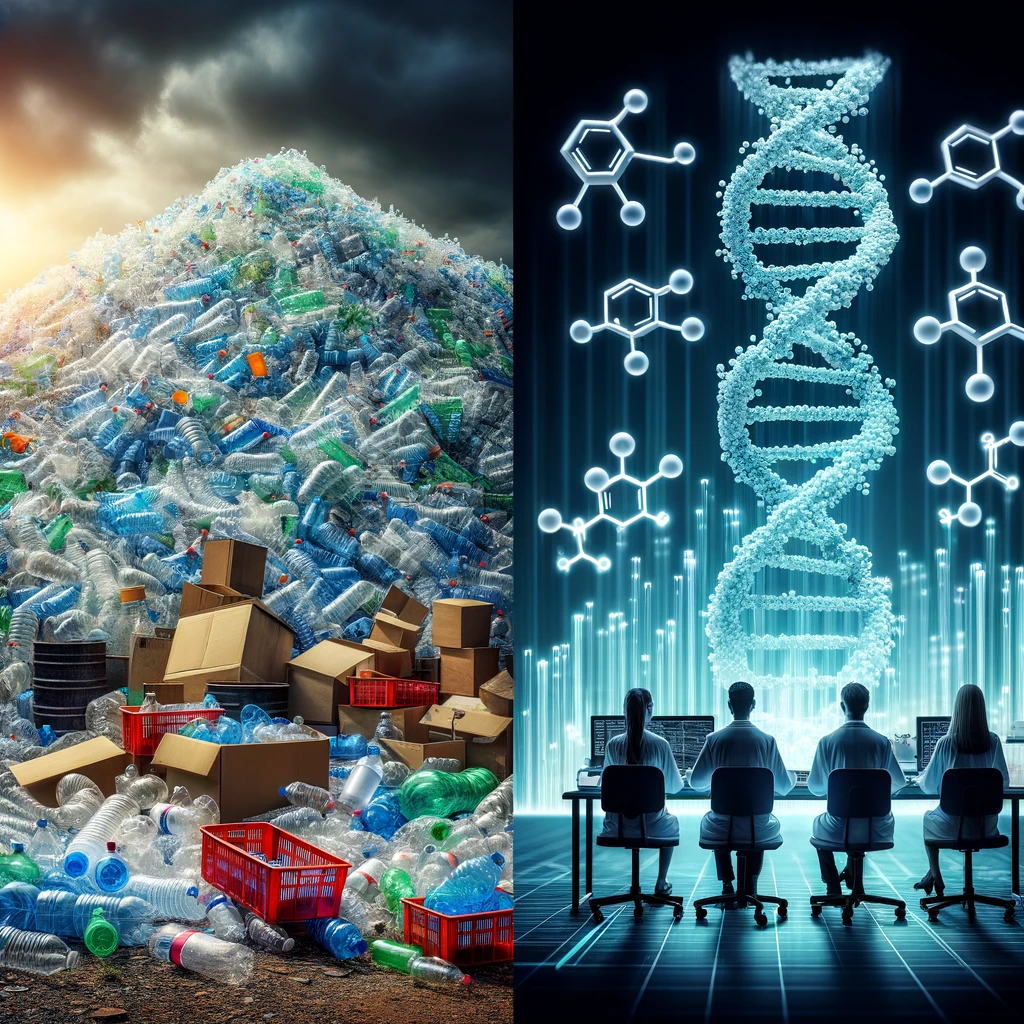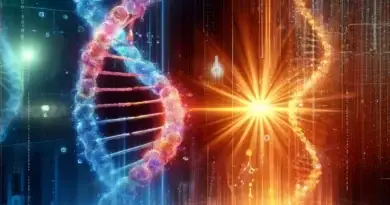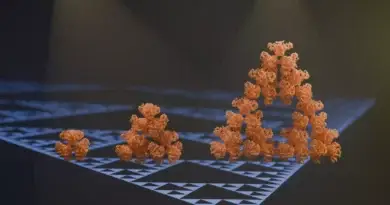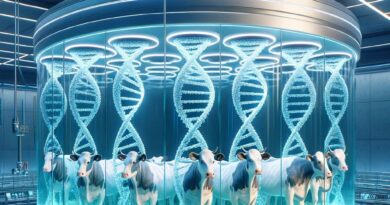Breaking Down Plastic: A New Leap in Recycling

Plastic is everywhere—in our supermarkets, homes, and offices. Specifically, polyethylene terephthalate (PET) is a common type of plastic used in products ranging from bottled water to clothing. Its durability and ability to keep contents fresh make it a favorite among manufacturers. However, the accumulation of PET plastic in our environment has become a significant concern.
You might wonder, “If these plastics are recyclable, why is there still so much waste?” The problem isn’t just about recycling; it’s about how effective the recycling process is. Traditional methods for recycling PET have limitations. Some require a lot of energy, making them less eco-friendly than they seem. Others produce recycled materials of lower quality, causing manufacturers to hesitate in using them. This cycle of producing, using, and discarding has led to a buildup of PET waste that doesn’t degrade over time.
The global community recognizes the PET problem. With plastic islands forming in our oceans and landfills overflowing, the call for innovative solutions is louder than ever. Researchers have been searching for answers and have now found a promising lead that could redefine how we approach PET recycling.
A Revolutionary Breakthrough: Engineered Protein Nanopores
Scientists have made a discovery that could change the game in PET recycling. A collaborative team from several institutions in Spain has developed a method using engineered protein nanopores. This discovery, published in Nature Catalysis, offers a new way to break down PET plastic.
At first glance, “protein nanopores” might sound like science fiction. In reality, they are tiny protein structures designed to break down PET plastic into smaller components. Think of them as microscopic scissors that cut the bonds holding PET molecules together.
So, why is this method so promising? The protein nanopores can deconstruct PET without high temperatures or harsh chemicals common in traditional recycling methods. This reduces energy consumption, making the process more eco-friendly.
Moreover, this technique doesn’t lower the quality of the recycled material. By breaking down PET into its basic parts, manufacturers can start fresh. This allows them to reuse the material without the usual issues seen with recycled products.
Perhaps most exciting is the potential to scale up this method. If implemented on a large scale, engineered protein nanopores could revolutionize the recycling industry. They could turn mountains of PET waste into valuable resources while minimizing environmental impact.
From Lab to Landfill: The Journey Ahead
While the discovery of engineered protein nanopores brings hope, moving from laboratory findings to real-world application is a complex journey. The potential of this method is immense, but several key steps need to be taken to make a real difference in combating PET pollution.
Firstly, scalability is a major concern. The experiments detailed in the research were conducted in controlled environments. Applying this method on an industrial scale, where millions of tons of PET waste are processed, is a huge challenge. It’s not just about increasing the quantity of protein nanopores but also ensuring they remain efficient and effective on a larger scale.
Secondly, there’s the economic aspect to consider. For widespread adoption, the recycling method must be cost-effective. Investing in new infrastructure, training staff, and sourcing materials can be expensive. Industries accustomed to traditional recycling methods might resist switching, especially if initial setup costs are high.
Thirdly, public awareness and acceptance are crucial. The term “engineered protein” might sound intimidating to many people. Clear communication about the safety, benefits, and implications of this method is necessary. The public needs to understand that these proteins are not harmful but are tools to help the environment.
Lastly, collaboration is key. Scientists can’t tackle this challenge alone. Governments, businesses, environmental agencies, and communities all have roles to play. Regulatory frameworks need to be established. Incentives might be required to encourage industries to adopt this method. Public campaigns can drive consumer support.
A Brighter, Greener Future Awaits
The saying, “Necessity is the mother of invention,” applies perfectly to our current challenge with PET waste. The urgency to address this environmental issue has led to the promising invention of engineered protein nanopores. But like all pioneering discoveries, the real test lies in practical application and widespread acceptance.
The environmental benefits of this method are clear. By providing a more efficient, eco-friendly, and high-quality approach to PET recycling, we could significantly reduce the negative impacts of plastic waste on our planet. Plastic islands in oceans could shrink, wildlife would face fewer threats from ingesting plastic, and landfills could see less accumulation.
Economically, the implications are profound. Imagine viewing PET waste not as trash but as a valuable resource ready to be transformed and reused. This promotes a circular economy. Manufacturers might be more inclined to use recycled materials, knowing their quality is uncompromised. This not only drives sustainability but could also create jobs in new, green sectors.
However, optimism should be balanced with realism. While research on engineered protein nanopores is promising, it’s still in early stages. Patience, persistence, and collaboration will be vital. United efforts have led to progress before, and they can do so again.
Reference
- Original Research Paper (Link to the Nature Catalysis article)
Keywords
PET Plastic, Recycling Innovations, Engineered Protein Nanopores, Environmental Sustainability, Plastic Waste Reduction, Circular Economy, Green Technology, Sustainable Solutions
Disclaimer: The information presented in this article is for educational purposes and reflects the findings as reported in the referenced research. For professional advice or detailed information, please consult the original research paper or a qualified expert.




Pingback: Enzyme News - Research Shows Diverse Bacteria Enzymes Tackle Plastic Waste